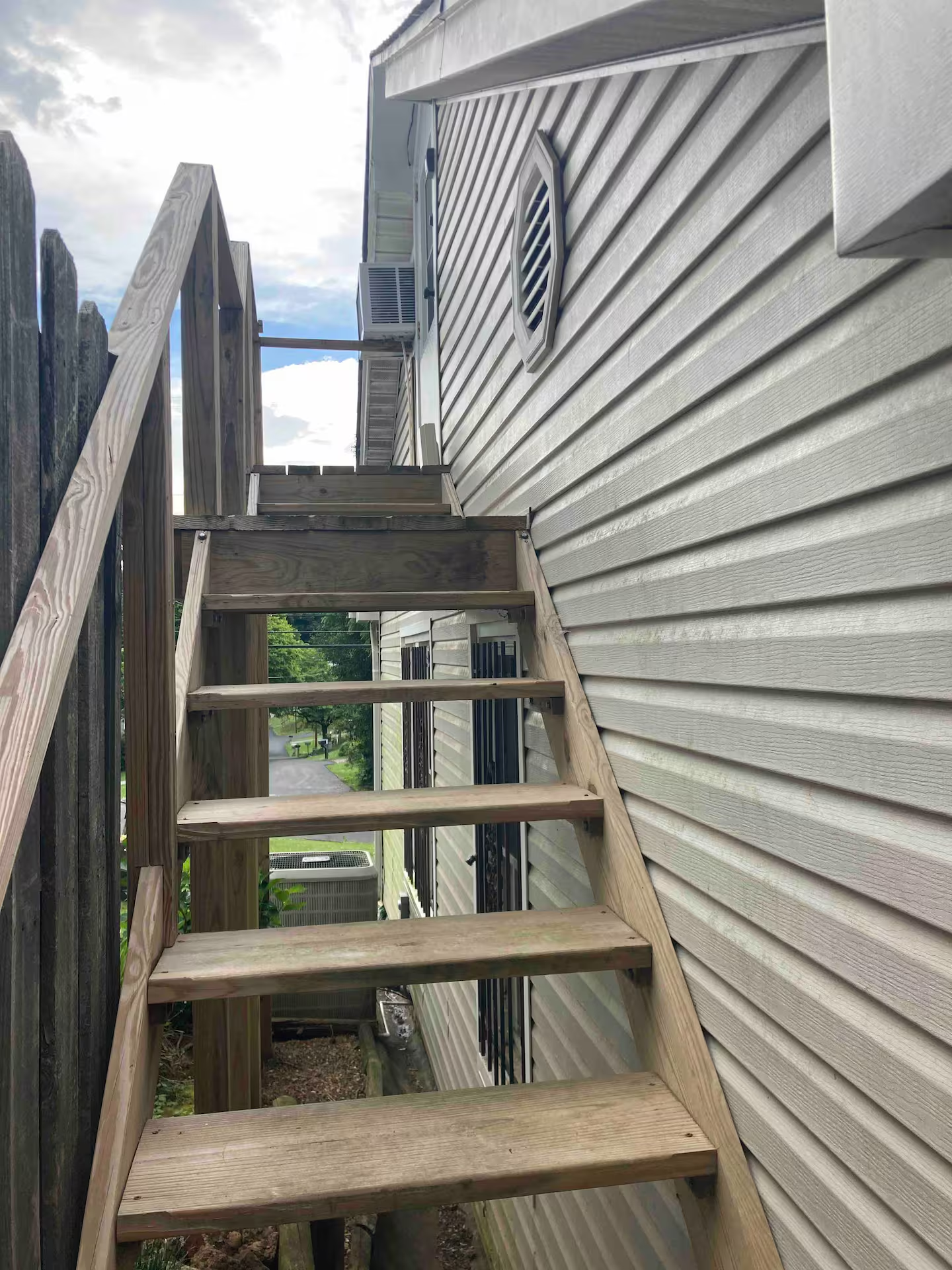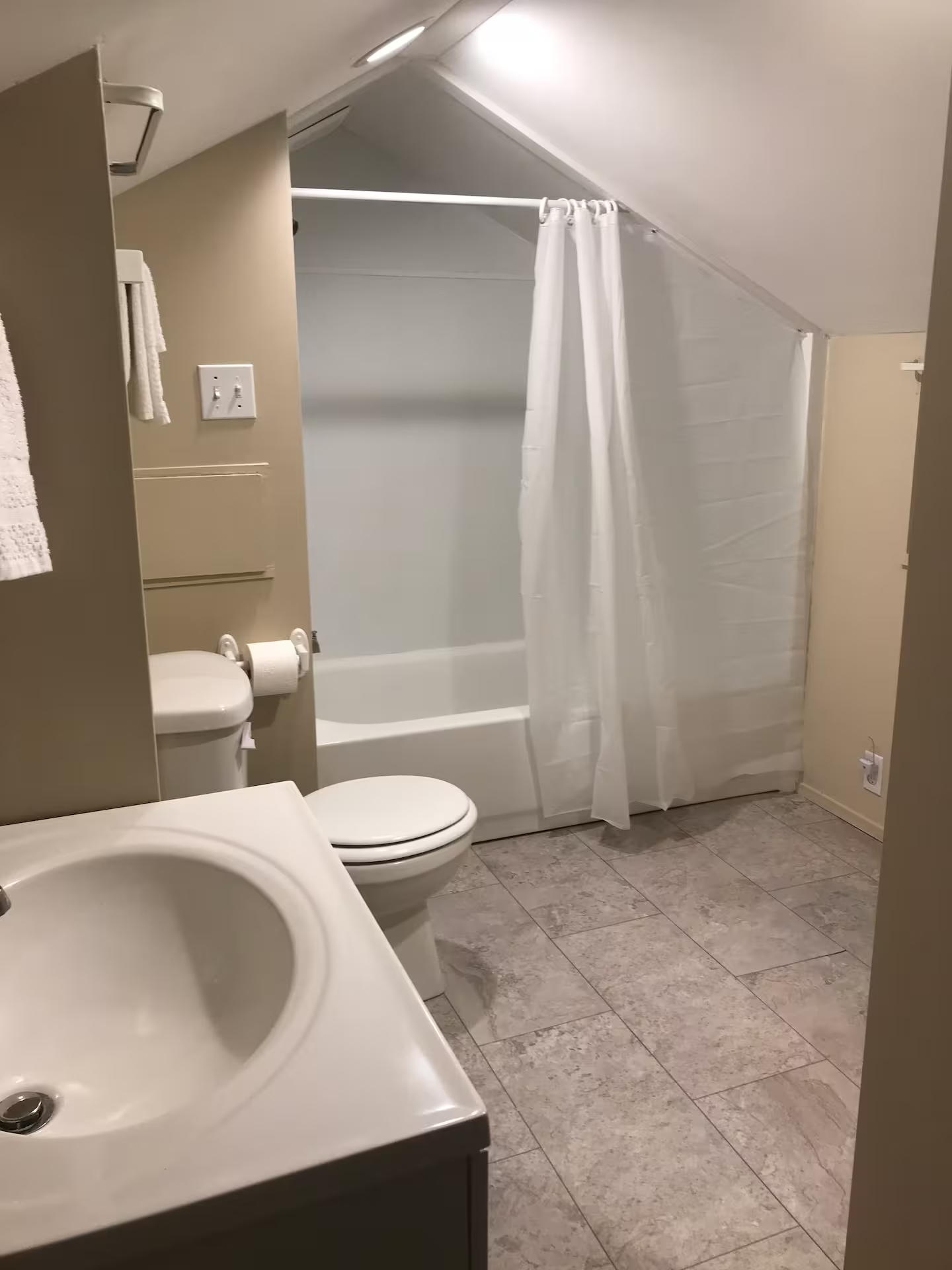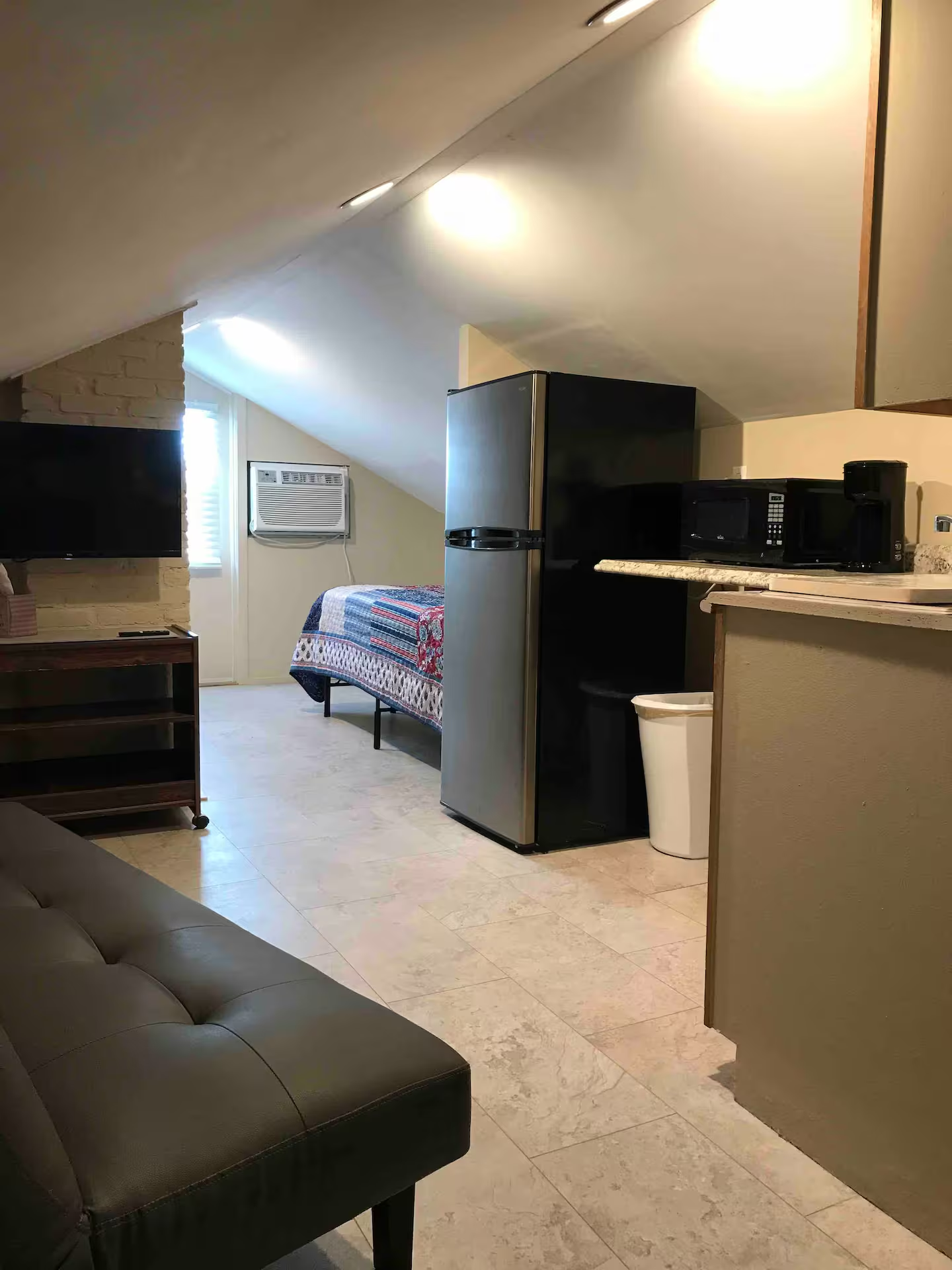Real Estate Investment Strategies for the Savvy Investor
- Lexi Blocksom

- Mar 26
- 9 min read

Real estate is a popular way to build wealth and secure your financial future. Among the various options, residential properties stand out for their potential to deliver strong returns. In this article, we’ll look at several distinct strategies for investing in residential real estate. Each has its own opportunities and challenges. Understanding these strategies will help you make informed investment choices whether you are just starting or looking to expand your portfolio.
Long-term Buy and Hold Strategy
The Buy and Hold strategy is one of the simplest approaches to investing in residential real estate. It involves buying a property and keeping it for an extended period, often several years or decades, with the expectation that its value will go up over time.
One advantage of this strategy is the dual benefit of rental income and capital appreciation. Investors can earn monthly rent while watching their property’s value appreciate. A study from the National Association of Realtors found that home prices have historically appreciated by roughly 3% annually.
However, it is essential to conduct thorough research before investing. Factors like location, property type, and market trends greatly affect a property’s future value. For instance, buying in a neighborhood with rising employment opportunities can lead to better long-term gains.
Pros:
Stable Income: Consistent monthly rent provides predictable cash flow.
Lower Turnover: Fewer tenant changes mean less effort for the landlord in terms of cleaning, advertising, and finding new tenants.
Less Management: Compared to short-term rentals, there’s less frequent tenant interaction and fewer issues with bookings.
Cons:
Less Flexibility: Rental rates are typically fixed for the lease term, so income doesn’t fluctuate with the market.
Property Wear: Long-term tenants may cause more wear and tear over time.
Tenant Risk: If tenants don’t pay or cause damage, it can take time and effort to resolve.
Short-Term Rentals
Short-term rentals (STRs) involve renting out a property for a few days to a few weeks, often through platforms like Airbnb or Vrbo. Here's how an investor can do it:
Find the Right Property: Look for locations that attract tourists or business travelers and make sure the property complies with local laws. Multi-unit properties or homes with extra space are ideal.
Prepare the Property: Furnish and equip the property with essential amenities like Wi-Fi, kitchen supplies, and safety features. Cleanliness and comfort are key to attracting guests.
List on Rental Platforms: Create an appealing listing with high-quality photos and a compelling description. Set competitive prices by researching similar properties.
Manage Guest Experience: Communicate clearly with guests, provide self-check-in options, and ensure fast turnovers by organizing cleaning and maintenance.
Maximize Profit: Use dynamic pricing tools, offer extra services, and maintain high guest ratings to increase bookings and revenue.
Monitor Finances and Taxes: Track expenses and rental income, factoring in management fees, utilities, and taxes.

AirBnB in Washington DC
Pros:
Higher Income: STRs often generate more money per night than long-term rentals.
Flexibility: You can adjust pricing and block off dates for personal use.
Tax Benefits: Deduct expenses like maintenance and utilities.
Diversified Tenants: Attract tourists and business travelers.
Cons:
Time-Consuming: Managing bookings, cleaning, and guest communication takes effort.
Vacancy Risk: Income can fluctuate, especially in off-seasons.
Higher Costs: Cleaning, utilities, and platform fees add up.
Regulatory Issues: Many cities have strict rules for STRs.
Property Wear: High turnover leads to more frequent maintenance.
Mid-Term Rentals
This homeowner in Knoxville turned his attic into a studio apartment.
Mid-term rentals are rental properties leased for a period longer than a short-term rental (typically 1-6 months) but shorter than traditional long-term leases. These rentals often cater to tenants such as traveling professionals, students, or people in transition.
Pros:
Higher Income: Typically offers better returns than long-term rentals, with more stable occupancy than short-term rentals.
Less Frequent Turnover: Fewer turnovers than short-term rentals, reducing cleaning and management efforts.
Stable Tenants: Longer-term tenants can provide more reliable rental income compared to the unpredictability of short-term guests.
Cons:
Less Flexibility: You can’t adjust pricing or block dates like short-term rentals.
Moderate Vacancy Risk: While more stable than short-term rentals, vacancies may still occur between tenants.
Mid-term rentals strike a balance between the flexibility of short-term rentals and the stability of long-term leases.
House Hacking
House hacking is a real estate investment strategy where you buy a property, live in part of it, and rent out the rest to cover your mortgage and other expenses. It's a way to leverage your primary residence to generate income and significantly reduce or eliminate your living costs.
Here’s how house hacking typically works:
1. Buy a Multi-Unit Property or Large Home
While you can technically house hack any property, it works best with multi-unit properties (like duplexes, triplexes, or fourplexes). You live in one unit and rent out the other(s). However, if you're purchasing a single-family home, you could turn part of it (like a basement, attic, or spare bedroom) into a separate rental unit.
2. Rent Out the Extra Units or Rooms
Once you've moved in, you rent out the other units or rooms to tenants. The rental income from these tenants helps to cover your mortgage payments, property taxes, insurance, and potentially even provide you with some profit.
Multi-Unit Property: If you buy a duplex, triplex, or fourplex, you live in one unit and rent out the others. Rent from those tenants can help cover a significant portion, if not all, of your monthly housing expenses.
Single-Family Home: In a larger home, you could rent out extra bedrooms or convert a section of the house into a private unit (e.g., a basement apartment). Again, the rent from these spaces helps reduce your housing costs.
3. Live for Free or Almost Free
The goal of house hacking is to reduce or eliminate your personal living expenses. Ideally, the rent you collect from your tenants covers all or most of your mortgage and other property expenses, meaning you’re either living for free or at a very low cost.
4. Build Equity and Wealth
As you live in the property and rent out parts of it, you build equity by paying down your mortgage over time. Plus, you’re gaining experience in property management, which could help you expand into more rental properties in the future.
I rent out my house and live in my garage with a bunch of cats
Benefits of House Hacking:
Reduced Housing Costs: The biggest benefit is the significant reduction or elimination of your monthly housing payment, which frees up your income for savings, investing, or other goals.
Building Wealth: As you pay down the mortgage and the property appreciates in value, you're building wealth through equity. Over time, this could lead to a profitable property sale or give you the option to refinance.
Experience in Real Estate: House hacking gives you a hands-on education in property management, dealing with tenants, and handling maintenance. This knowledge can be invaluable if you decide to scale up your real estate investments later.
Potential Tax Benefits: Depending on your specific situation and location, you may be able to take advantage of tax deductions for rental properties, such as depreciation and property management expenses.
Things to Consider:
Being a Landlord: You’ll need to be prepared to manage tenants, address maintenance issues, and handle any landlord-tenant law requirements. It’s a good idea to have a basic understanding of property management before diving in.
Initial Investment: Although house hacking can save you money in the long run, you still need to cover the upfront costs of buying a property, including the down payment, closing costs, and any necessary repairs or renovations.
Living with Tenants: Sharing space with renters may not be for everyone. It's important to consider how comfortable you are living in close proximity to others and handling potential conflicts.
Bonus: Non-Residential House-Hacking

You may also consider renting to non-residential tenants, if your property has the means to. If you have garage space, storage sheds, parking, or a yard, you can rent these spaces out too. For example, I live on a small horse farm, but I don't have horses anymore. While I rent out my house and live in my garage, I also rent out my farm space to a different tenant, who pays monthly to keep their horses on my property. This was an easy way for me to take unused space and turn it into more profit, without having to really do anything. Sites like Neighbor, Facebook, and Innago can be great places to advertise these listings.
Fix and Flip
Fix and Flip is another popular real estate investment strategy where investors buy distressed properties at a lower price, renovate them, and sell them for a profit. The potential for significant returns makes this strategy appealing, but it requires careful planning.
Successful fix-and-flip projects can yield profits of 20% to 30% if handled correctly. For example, an investor might buy a property for $100,000, invest $50,000 in renovations, and sell it for $200,000, netting a profit of $50,000 after closing costs.
However, this strategy carries risks. Market changes, unexpected repair costs, and longer renovation timelines can eat into profits. Effective project management and realistic budgeting are crucial for success. Investors should include a 10-15% buffer in their budgets for unforeseen expenses.
Slow-Flipping

I recently learned about this idea through author and investor Scott Jelinek. The idea is to buy a property in cash (under $50k), and then seller-financing it to a buyer. The buyer pays you an agreed-upon amount every month until they either secure alterative financing or pay the balance off. Its called a slow flip because instead of renovating and selling for a large sum, you simply buy the property and immediately sell it to earn monthly income.
This strategy is a hybrid between house flipping and long-term rentals. Its got the passive-income benefit of renting a property long-term, without the responsibility of tenants, repairs, taxes or insurance. Here's a breakdown of how it works:
Buy a property in cash for $30,000 or less
Immediately sell the property FSBO (for sale by owner) for 30% to 50% more to a buyer.
The buyer gives you a small down payment, then pays you monthly until they pay off the loan or refinance over the course of 5 years.
The typical buyer for this kind of deal is someone who can't qualify for a loan from a bank, likely due to poor credit or low income. The terms, such as interest, duration, and payment are negotiable between you and the buyer. You will need to have an attorney draft a promissory note to protect both you and the buyer legally and solidify the contract.
The biggest benefit of slow-flipping is that you receive monthly income without having to deal with tenants or property maintenance. In the event that the buyer defaults, you simply sell to another buyer and start the process over.
BRRRR
The BRRRR method is a popular real estate investment strategy that stands for Buy, Rehab, Rent, Refinance, Repeat. It's a way to build a portfolio of rental properties while recycling your investment capital. Here’s how it works step-by-step:
Buy: First, you purchase a property, often one that needs work, below market value. These properties are typically distressed or undervalued.
Rehab: Next, you renovate or repair the property to increase its value. This could involve anything from cosmetic updates to major repairs, depending on the property's condition.
Rent: Once the property is rehabbed, you rent it out to tenants. The rental income helps cover the mortgage, property taxes, insurance, and other expenses.
Refinance: After renting the property, you refinance the loan based on the new, higher value of the property after rehab. This allows you to pull out the equity you’ve created during the rehab process.
Repeat: Finally, you take the money you've pulled out through refinancing and use it to buy another property. You can continue this cycle, building your real estate portfolio over time with little to no additional capital from your own pocket.
The BRRRR method is a powerful strategy because it allows you to leverage other people's money to scale your investment portfolio while minimizing your upfront costs. It works best when you can buy properties at a deep discount, perform value-adding renovations efficiently, and manage rental properties well.
Real Estate Investment Trusts (REITs)
If you prefer a more passive approach, Real Estate Investment Trusts (REITs) might be the right fit. REITs are companies that own or finance income-generating real estate and allow you to buy shares in them, similar to stocks.
Investing in REITs provides benefits such as liquidity, diversification, and income through dividends. REITs often distribute at least 90% of their taxable income to shareholders, leading to lucrative dividend yields.
Despite these benefits, it's important to research different types of REITs. Market volatility and interest rates can impact their performance, so having a good understanding of the associated risks is crucial.
Real Estate Crowdfunding
Real estate crowdfunding is an emerging strategy that allows small investors to pool their resources to invest in larger projects. This option enables individuals to contribute smaller amounts toward real estate developments and receive a share of the profits.
Crowdfunding offers broader access to various investment opportunities and properties that might be otherwise inaccessible. For example, the crowdfunding market projected around $13 billion by 2027 indicates growing interest in this approach.
However, thorough research is crucial. Investors need to evaluate crowdfunding platforms and specific projects to understand associated risks, including potential project delays.
Making Informed Decisions
Residential real estate investing provides a variety of strategies catering to different investor preferences and risk tolerances. Whether you prefer the long-term Buy and Hold approach or the quick returns from Fix and Flip, each strategy comes with unique challenges and opportunities.
Investors should thoroughly assess which strategy aligns best with their financial goals, risk tolerance, and market conditions. By understanding these strategies, unknown investors can make informed decisions for lasting wealth accumulation and financial flexibility.
With careful planning and a thoughtful approach, entering the world of residential real estate investing can be a rewarding journey. Explore the diverse possibilities and find the right fit for your investment goals.










Comments